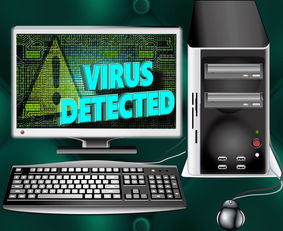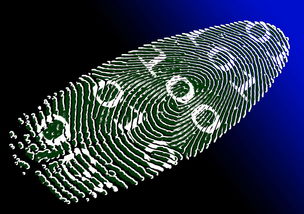As we step into the 21st century, the world is witnessing an unprecedented transformation in the field of agriculture. This transformation is driven by the integration of advanced technologies that have revolutionized the way we cultivate crops, raise livestock, and manage resources. The term "high-tech agriculture" refers to the use of cutting-edge technologies to enhance agricultural productivity, sustainability, and efficiency. In this essay, we will explore the various aspects of high-tech agriculture, its benefits, and the challenges it presents.
Precision Farming
One of the most significant advancements in high-tech agriculture is precision farming. This approach uses technology such as GPS, drones, and satellite imagery to monitor and manage crop health, soil conditions, and water usage with pinpoint accuracy. By collecting and analyzing data, farmers can make informed decisions about when and where to apply fertilizers, pesticides, and water, reducing waste and increasing yield.
Vertical Farming
Urbanization has led to a decrease in available agricultural land. Vertical farming offers a solution by growing crops in stacked layers, often in controlled environments. This method uses hydroponics, aeroponics, or aquaponics to grow plants without soil. Vertical farms can be located in urban areas, reducing the need for transportation and the carbon footprint associated with moving produce from rural to urban areas.
Genetically Modified Organisms (GMOs)
Genetic engineering has opened up new possibilities in agriculture. GMOs are plants or animals whose genetic material has been altered to exhibit certain desirable traits, such as resistance to pests or diseases, improved nutritional content, or the ability to grow in harsh conditions. While GMOs have been controversial due to concerns about their safety and environmental impact, they hold the potential to increase food security and reduce the reliance on chemical pesticides.
Automation and Robotics
The use of automation and robotics in agriculture has been on the rise. From driverless tractors to robotic harvesters, these technologies can perform tasks with greater precision and less fatigue than human labor. Automation can lead to increased efficiency and reduced labor costs, although it also raises concerns about job displacement in the agricultural sector.

Internet of Things (IoT)
The IoT connects various devices and sensors in the farm environment to collect and share data. This information can be used to monitor animal health, track the movement of livestock, and manage resources more effectively. IoT also enables remote monitoring and control of farm operations, allowing farmers to manage their farms from anywhere with an internet connection.
Aquaculture
Aquaculture, or fish farming, is another area where high-tech methods are being applied. Advanced systems can control water quality, temperature, and feeding schedules to optimize fish growth and health. High-tech aquaculture can also involve the use of artificial intelligence to predict and manage disease outbreaks.
Challenges and Considerations
While high-tech agriculture offers numerous benefits, it also presents challenges. The initial investment in technology can be high, which may be prohibitive for small-scale farmers. There are also concerns about the potential loss of jobs due to automation and the ethical implications of genetic modification. Additionally, the reliance on technology can make farms vulnerable to cyberattacks and technical failures.
The Future of High-Tech Agriculture
The future of agriculture is likely to be even more technology-driven. As climate change affects traditional farming practices, high-tech solutions will become increasingly important for ensuring food security. Research is ongoing in areas such as nanotechnology, which could lead to nanosensors for monitoring soil health, and synthetic biology, which may enable the creation of entirely new crop varieties.
In conclusion, high-tech agriculture is reshaping the way we produce food. It offers the potential to increase yields, reduce environmental impact, and ensure food security in a world with a growing population and changing climate. However, it is crucial to address the challenges and ethical considerations associated with these technologies to ensure that the benefits are realized equitably and sustainably. As a tech expert, I am optimistic about the role of technology in agriculture, but I also advocate for a balanced approach that considers the social, economic, and environmental implications of these advancements.









